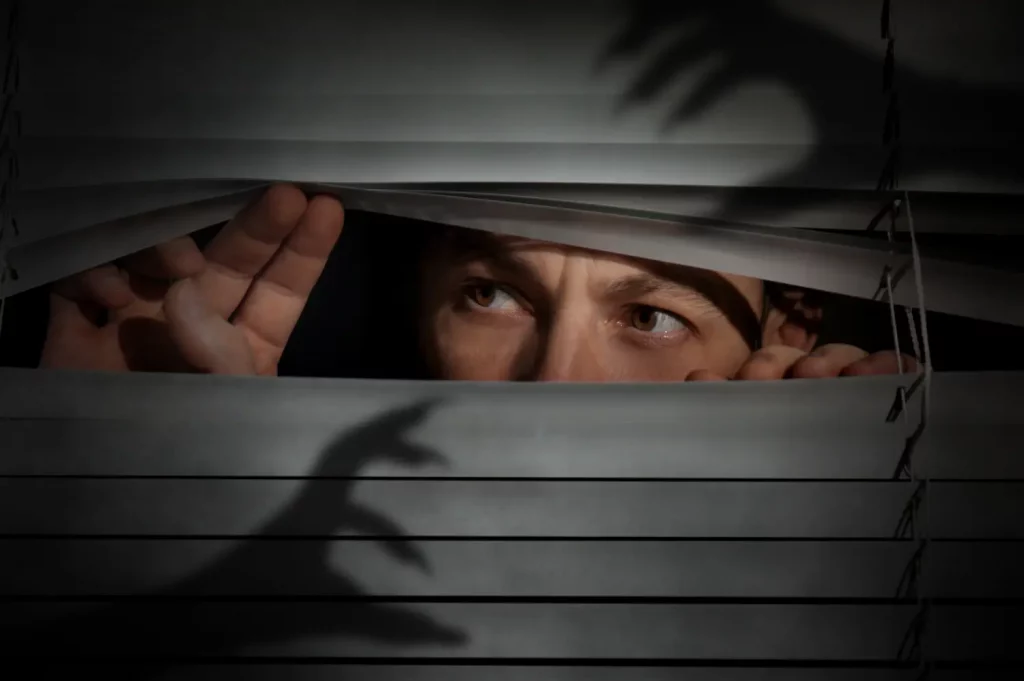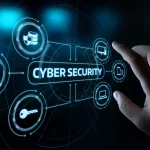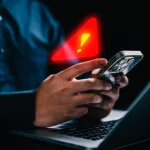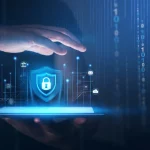Paranoia is Perfect Embrace a Proactive Cybersecurity Mindset
Introduction
The New Normal: Persistent Cyber Threats:
The Perfect Storm:
Our cyber landscape of today reminds me of 2000 movie "The Perfect Storm" where a fishing boat got trapped in storms from all sides. Today we are getting trapped in cyber threats from all sides. Cyber attacks come in various forms, from ransomware attacks to sophisticated phishing schemes to digital wallet hacks. The interconnected nature of digital systems coupled with the increasing sophistication of threat actors creates a perfect storm of cybersecurity risks. In this environment, security paranoia becomes a rational response to an ever-present danger.
Shift From Reactive to Proactive:
Paranoia Meaning in Cybersecurity
Continuous Threat Monitoring:
Paranoia in cybersecurity translates into continuous monitoring of network activities and system behaviors. Consider every day could be zero-day attack. Consider every email as a phishing attack. Consider every attachment as a RAT. Consider every internet software as an infected file. Consider every link in the emails as a source of infection. By embracing a mindset that treats every anomaly and every online action as a potential threat, organizations can detect and respond to security incidents swiftly, minimizing potential damage.
Predictive Analysis and Threat Intelligence:
Proactive cybersecurity involves staying one step ahead of cybercriminals. Engaging in predictive analysis and leveraging threat intelligence allows organizations to anticipate emerging threats, understand their tactics, and implement preemptive measures to mitigate risks.
User Awareness and Training: Paranoia extends beyond technological aspects to encompass the human element. Consider every employee could be the weakest link in your defense chain. Educating and raising awareness among employees about potential social engineering tactics and phishing schemes empowers them to become the first line of defense against cyber threats.






Eoin Morgan
Absolutely! This blog echoes the importance of a vigilant mindset. Better to be over-cautious than sorry. Great advice!